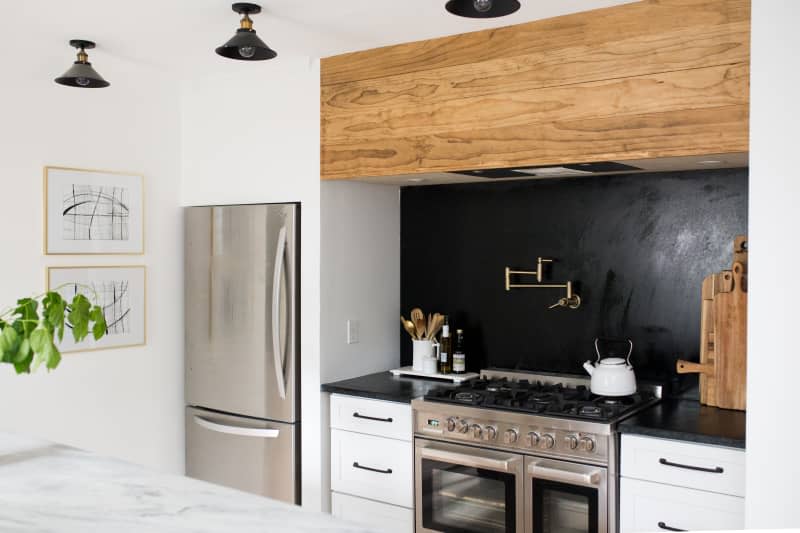8 Ways to Reduce Visual Clutter in the Kitchen

There’s no one right way to organize. While certain organizing principles tend to make spaces more functional, such as placing the most-used items at eye level or “filing” items vertically, each successful organizing solution must be tailored to its users’ lifestyles and habits.
One important distinction in organizing styles is whether you are a visual or hidden organizer. In a nutshell, visual organizers need to have their belongings visible to use them, while hidden organizers don’t need to have their items “in sight” to use them. To be successful (read: sustainable), organizing systems need to match the people they’re designed to serve.
When it comes to visual organizers, because the items are out and, by definition, visible, organizing solutions need to be pleasing to the eye — and this isn’t just a matter of choosing pretty baskets. Mastering the art of making things that are out look nice and neat is the key to making visual organizing aesthetic.
But this skill is transferable to any organizing style and situation. Knowing how to make things that might technically be organized look their best makes every space look its best. And when things have to be left out, being able to make them look presentable is the difference between a space that’s only functional and one that’s calming as well.
“Visual clutter” refers to what happens when items may be where they’re supposed to be, but the overall space still feels a bit messy. Getting rid of visual clutter has a huge impact on how a space feels and how you function in it. Nowhere is this more important than in the kitchen.
Here are some ways to address visual clutter in this hard-working room.
Label containers.
Labeling containers isn’t just for making sure everyone knows what’s in the containers. Labeling eliminates the stress of having to look inside the containers to know what’s in them. Additionally, neatly labeled containers provide the eye with something to rest on in a space that houses so many different types of items.
Stash things in drawers instead of on countertops.
One of the most impactful ways to eliminate visual clutter is to stash things in drawers rather than on countertops. Removing items from sight lines makes the entire space feel more calm. In my previous house, I put my cooking utensils in a small bin in a drawer. I enjoyed the cleared-off counter space so much that in our new house, I had a utensil drawer installed.
Only have what you’re actively using out.
It might not be possible (or desirable) to completely clear off your countertops, but doing your best not to keep extra things out on the counter drastically reduces visual clutter.
Straighten towels.
Crooked towels with tags hanging out do not make a tidy-looking kitchen. On the other hand, straightened towels with tags tucked out of sight give the impression that everything is in order.
Hide labels.
Labels on food containers look busy and often messy. Turning labels on condiments bottles, canned food, etc. to the back makes the whole fridge or pantry look much neater.
Keep fridge and pantry items in containers.
Categorizing items and storing them in groups not only makes items easier to find, but it also makes the entire storage area look better.
Decant when it makes sense.
Whenever it makes sense, decant dry goods into containers. The more mismatched boxes and bags you can eliminate from your space, the neater it will look. Additionally, putting items in modular containers maximizes space.
Put bagged items in containers.
Bagged items that aren’t decanted can still be corralled in containers, such as baskets in the pantry or bins in the fridge. This makes items easier to grab without digging and also makes the space more visually appealing.

